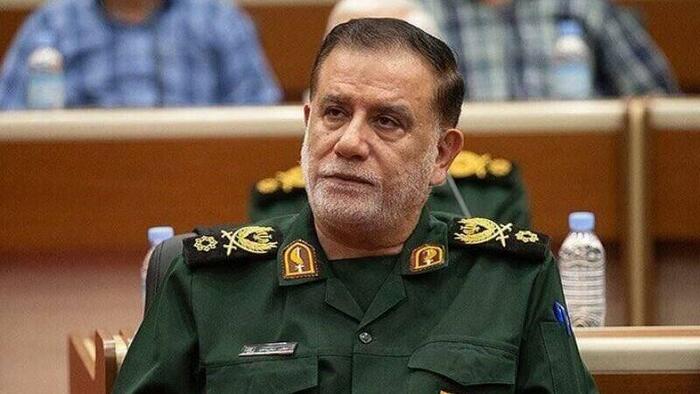On September 27, 2024, a significant Israeli airstrike in southern Beirut resulted in the deaths of key figures within Iran and Hezbollah, including Brigadier General Abbas Nilforoushan of the Islamic Revolutionary Guard Corps (IRGC) and Hezbollah Secretary-General Hassan Nasrallah. Immediately following the attack, Iranian officials acknowledged the death of Nilforoushan, who was a pivotal figure overseeing Iran’s military support to its allies in the “resistance axis,” which includes Hezbollah and various Palestinian groups. His body remained unaccounted for longer than Nasrallah’s, raising concerns about the ferocity of the strike, which employed powerful munitions likely designed to penetrate reinforced structures, indicating a well-planned targeted operation.
The timing of the airstrike coincided with a critical high-level meeting among Iranian and Hezbollah leaders, allegedly held in a fortified bunker beneath civilian structures in Beirut. This covert gathering comprised members of the “resistance axis,” and the destruction caused by the strike underscored the threat posed by Israel to Iran and its allied forces. As rescue efforts progressed, it was later confirmed that Nilforoushan’s body was recovered on October 11, two weeks after the attack. The retrieval of his remains further spotlighted the extensive impact of the Israeli ordinance, which had caused considerable devastation.
Brigadier General Abbas Nilforoushan had a storied military career, deeply entwined with Iran’s defense strategy and its role in regional conflicts. He joined the Basij militia in the 1980s and advanced through the ranks of the IRGC, ultimately becoming a significant figure in operational command. His experience and strategic oversight shaped Iran’s military engagements, particularly in support of Hezbollah and other groups resisting Israeli military actions. After the assassination of General Mohammad Reza Zahedi earlier in 2024, Nilforoushan assumed leadership of Iranian forces in Lebanon, emphasizing his growing importance within the IRGC and the broader geopolitical landscape.
Iran’s immediate response to the assassination of Nilforoushan and Nasrallah was characteristically defiant, vowing that the killings “will not go unanswered.” This pledge was swiftly acted upon, leading to a massive retaliatory missile strike against Israel on October 1, 2024. Iranian forces launched nearly 200 ballistic missiles in this display of military strength, reinforcing the notion that Iran was prepared to escalate its involvement in regional conflicts, particularly in the face of such high-profile losses. The situation represents a critical juncture in Iran-Israel relations, where incidents of violence have the potential to spiral into broader military confrontations.
In response to the loss of its senior leadership, Hezbollah has claimed to have restructured its command and communications systems, albeit with vague details regarding the specific individual now leading the organization. The clandestine nature of Hezbollah operations further complicates the battlefield landscape, as any new leader would inevitably become a target for Israeli operations. As the conflict continues to evolve, the absence of clear leadership could both hinder and galvanize Hezbollah’s operations, creating uncertainty about its future responses to Israeli aggression.
The events following Nilforoushan’s death and the retaliatory attacks are emblematic of the ongoing and escalating hostilities in the region. The complexities of Iranian involvement in Iraq, Syria, and Lebanon, alongside its adversarial relationship with Israel, illustrate the interconnected nature of these conflicts. Military strategies adopted by both Iran and Israel reflect a balance of power dynamic, wherein each side seeks to undermine the other’s capabilities while solidifying their influence over regional allies. As this situation develops, the ramifications of these recent assassinations and retaliatory strikes will likely reverberate throughout the Middle East, shaping the geopolitical landscape for years to come.

